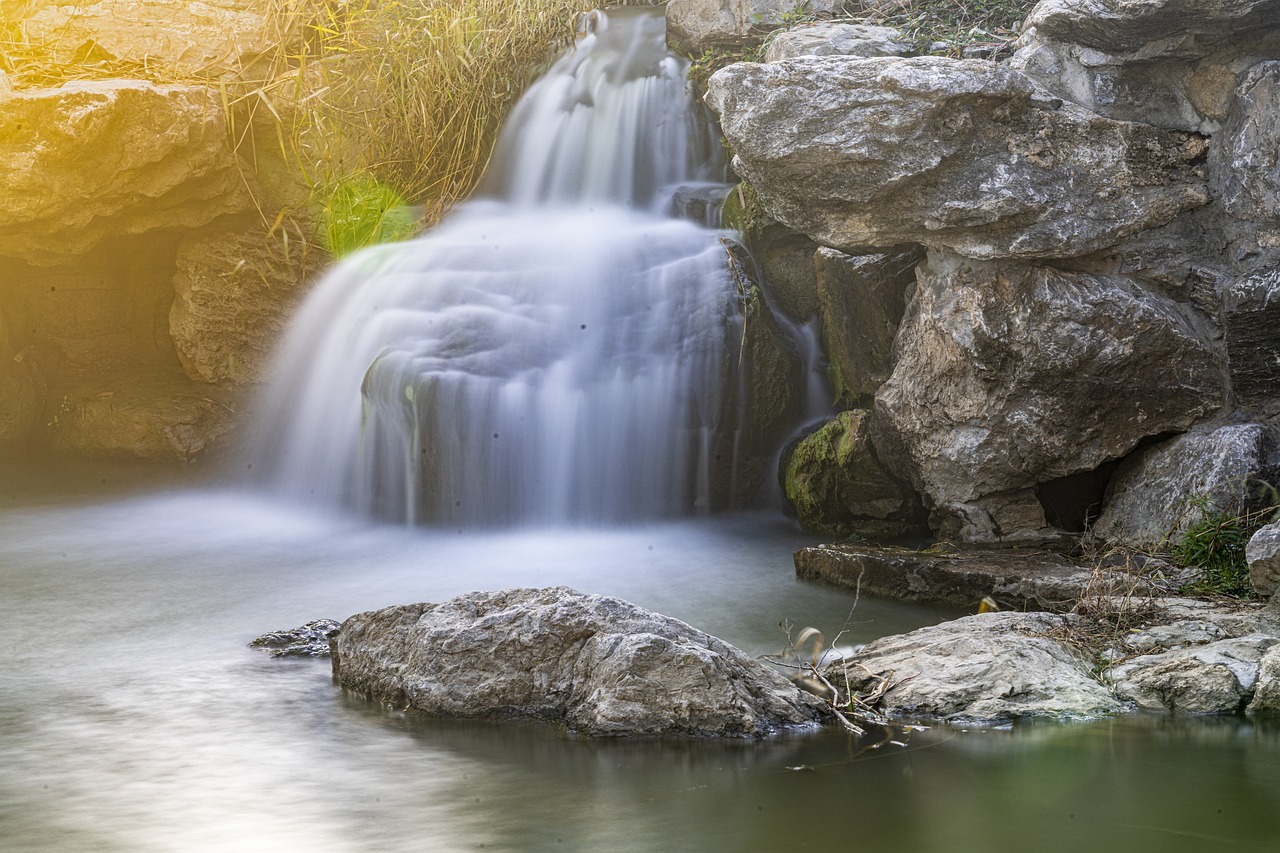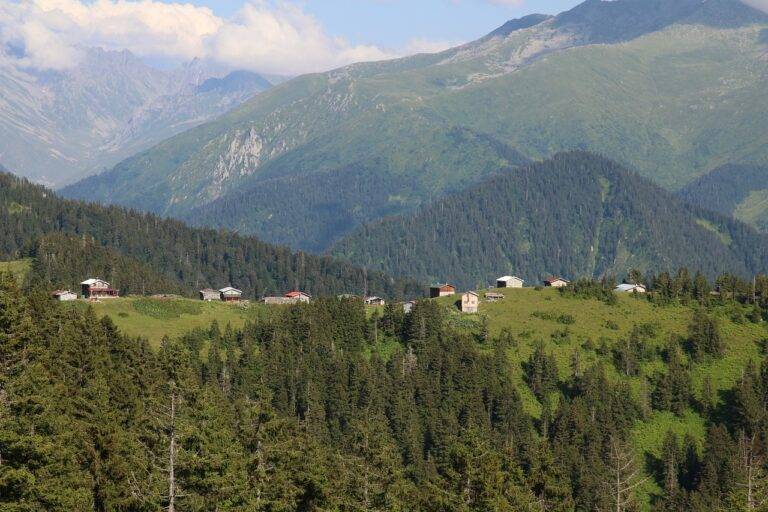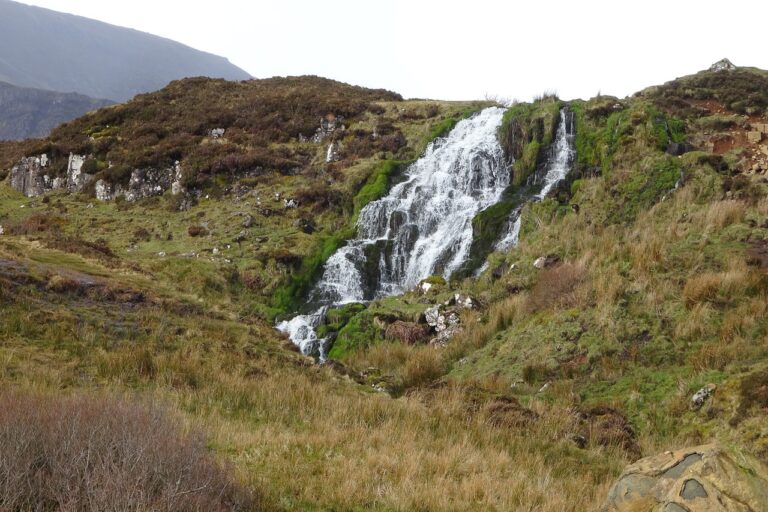Adventure Travel for Sustainable Sea Turtle Conservation Projects: Protecting Sea Turtle Nesting Sites and Monitoring Populations
Sea turtles play a crucial role in maintaining the health of marine ecosystems. As keystone species, they help regulate the populations of jellyfish, seagrass, and other marine organisms. By consuming seagrass, they prevent it from becoming overgrown and provide habitat for a variety of species.
Additionally, sea turtles contribute to nutrient recycling in coastal areas through their movements and feeding behaviors. Their nutrient-rich droppings fertilize beach vegetation, which in turn stabilizes sandy shorelines and prevents erosion. Moreover, sea turtles are important indicators of the overall health of the marine environment, making their conservation essential for the well-being of ocean ecosystems.
Threats to Sea Turtle Nesting Sites
Sea turtle nesting sites face various threats that jeopardize the survival of these majestic creatures. Coastal development is a major concern as it encroaches upon the beaches where sea turtles come to lay their eggs. The bright lights from buildings and roads can disorient hatchlings, leading them away from the ocean instead of towards it.
Furthermore, pollution poses a significant threat to sea turtle nesting sites. Plastic waste, oil spills, and debris in the ocean not only directly harm sea turtles but also impact the quality of their nesting habitats. These pollutants can hinder the development of eggs and harm the adult turtles that return to the same beaches year after year.
What are some of the threats to sea turtle nesting sites?
Some of the threats to sea turtle nesting sites include coastal development, pollution, climate change, predation, and human disturbance.
How does coastal development impact sea turtle nesting sites?
Coastal development can lead to the destruction of natural habitats such as beaches where sea turtles nest. It can also disrupt nesting behaviors and increase the likelihood of interactions with humans.
How does pollution affect sea turtle nesting sites?
Pollution, such as plastic debris and oil spills, can have negative impacts on sea turtle nesting sites by contaminating the environment and harming both adult turtles and their hatchlings.
What role does climate change play in threatening sea turtle nesting sites?
Climate change can lead to rising sea levels, increased storm intensity, and changes in temperature, all of which can impact sea turtle nesting sites by eroding beaches and causing nest flooding.
How does predation pose a threat to sea turtle nesting sites?
Predators such as raccoons, birds, and crabs can prey on sea turtle eggs and hatchlings, reducing the overall reproductive success of sea turtles.
How does human disturbance impact sea turtle nesting sites?
Human activities such as beachfront lighting, beach driving, and beach nourishment can disrupt sea turtle nesting behaviors, disorient hatchlings, and lead to declines in sea turtle populations.





